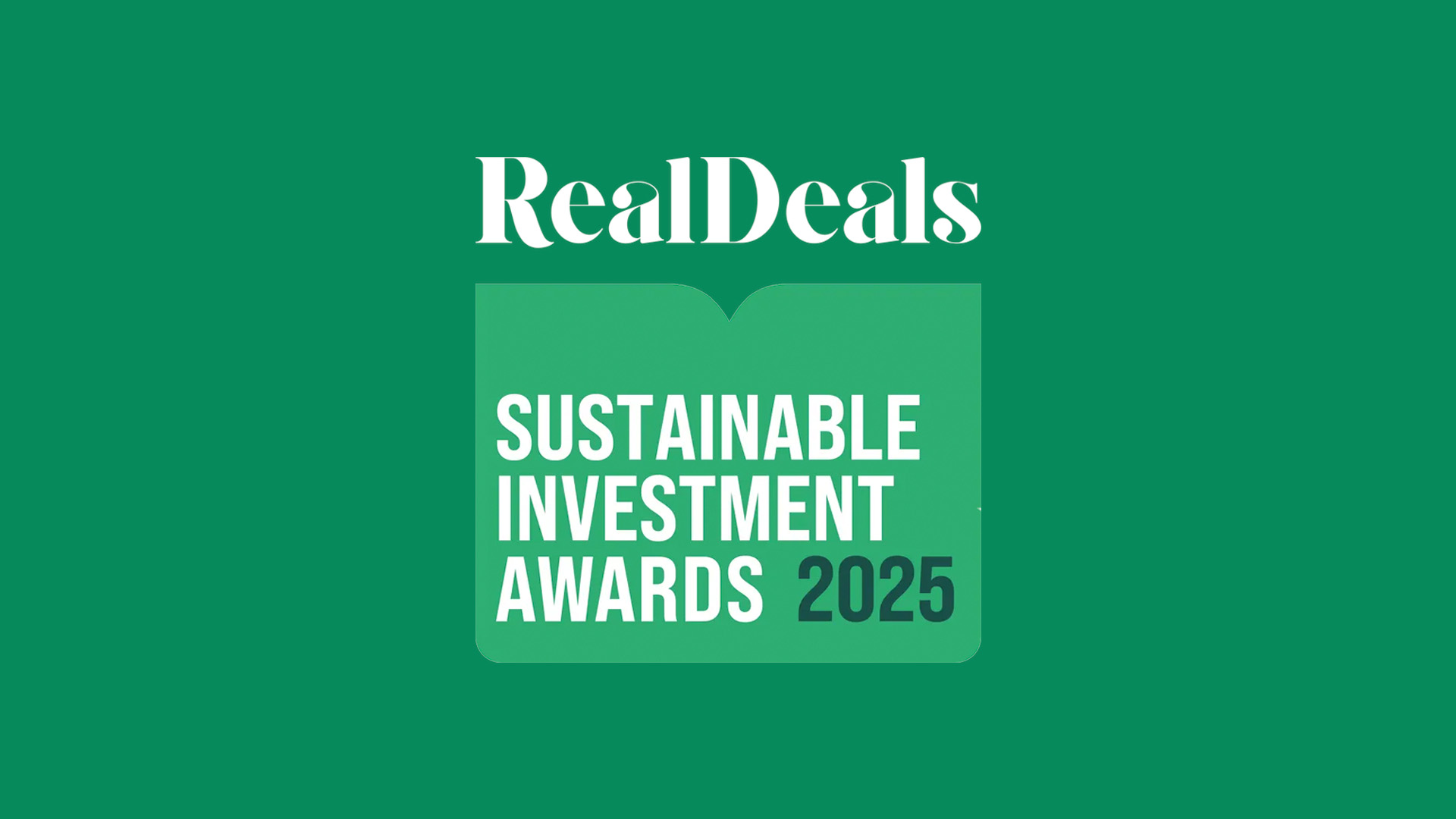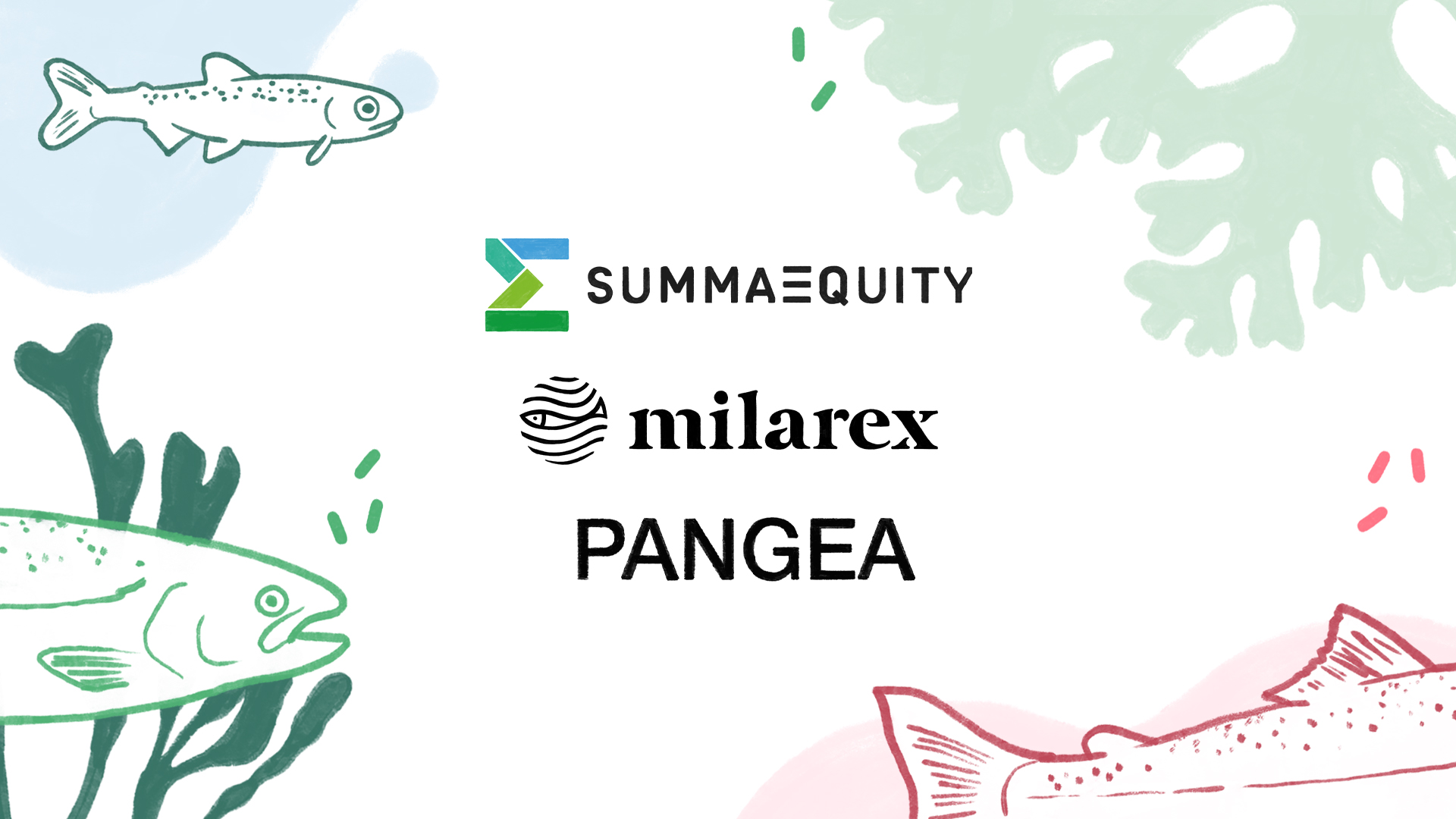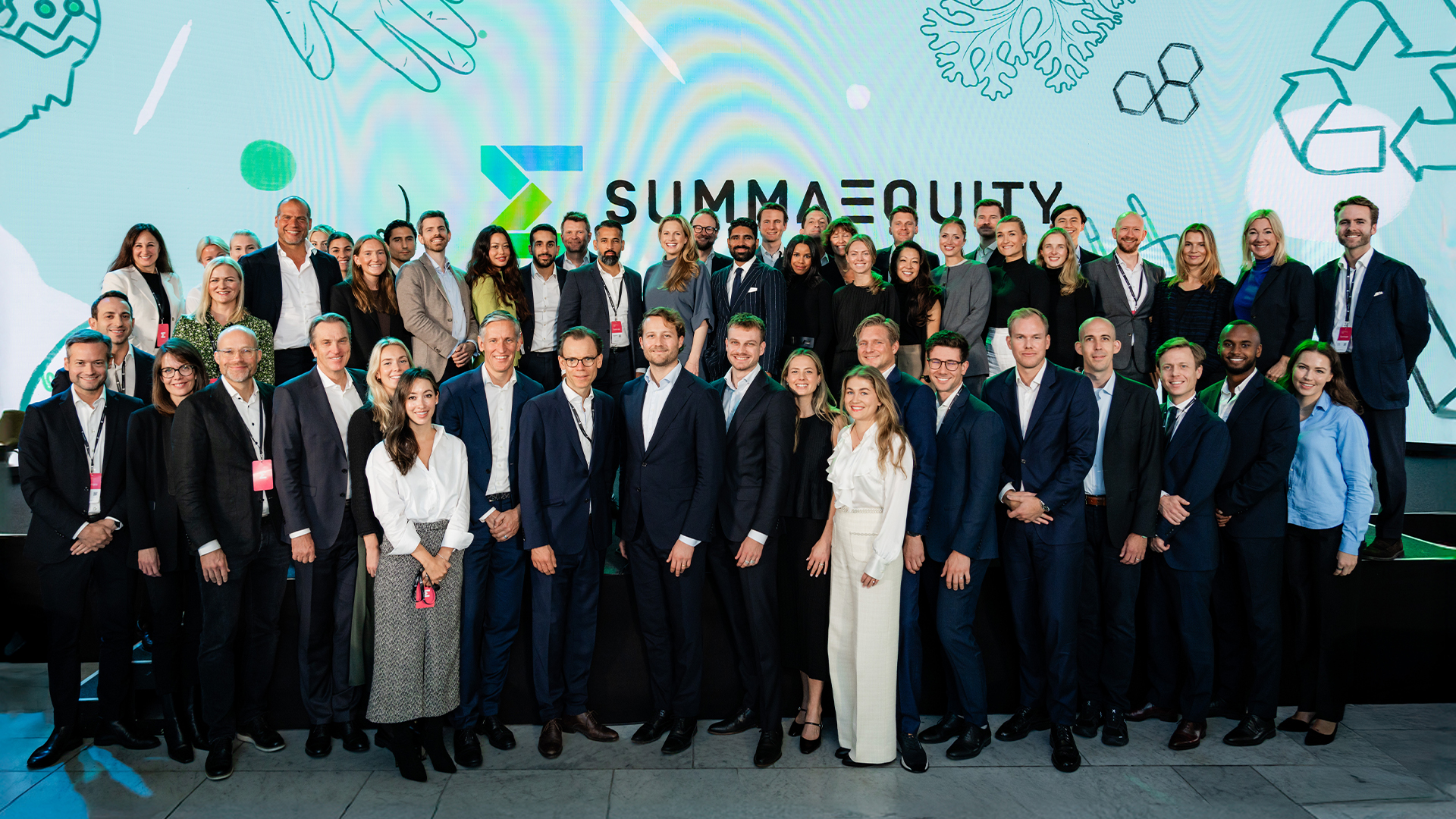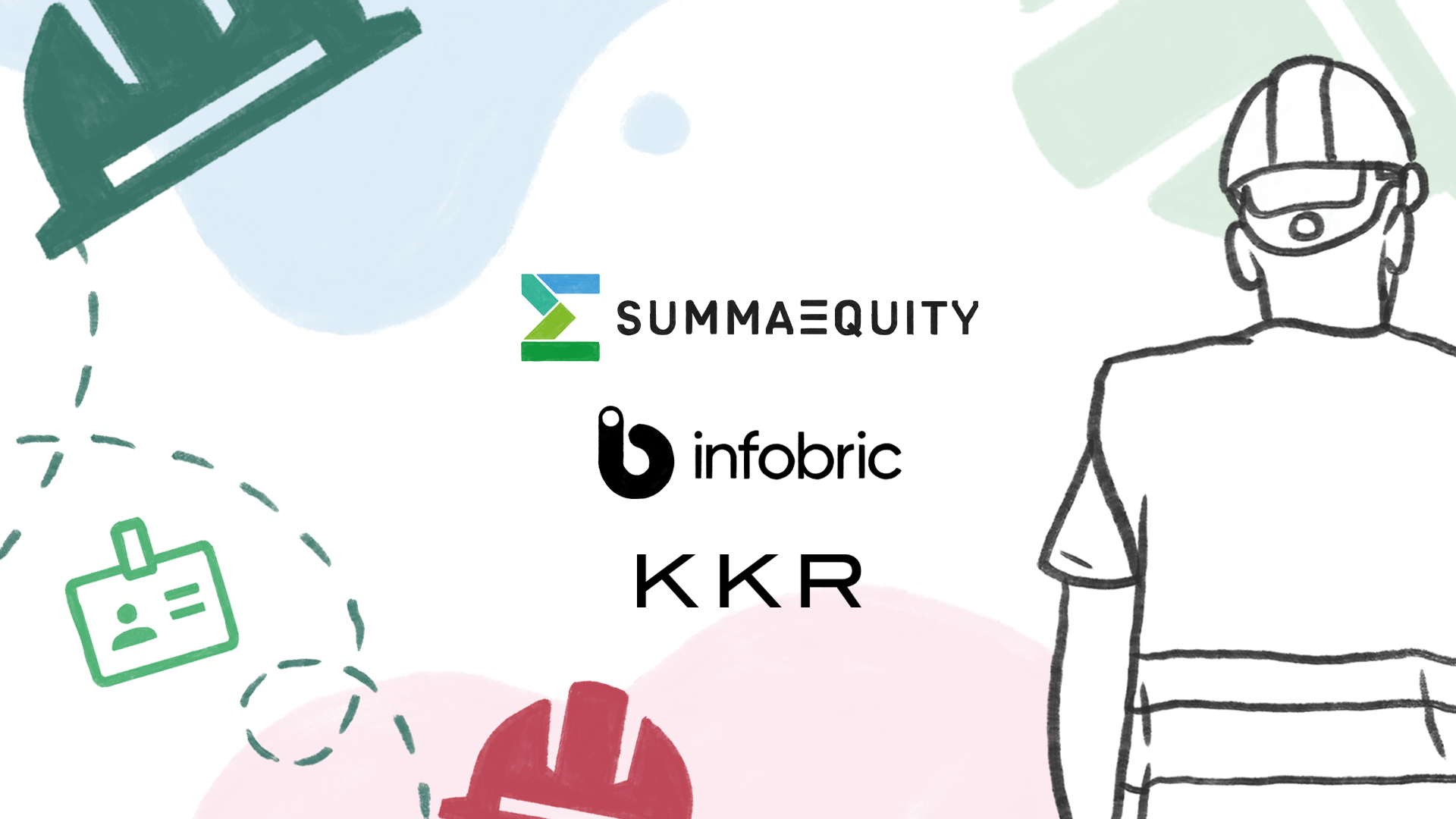Investing in sustainable aquaculture for a resilient food system
- News
- Impact
- Reports
3 min read

Stockholm, October 7th – A report published today by Summa Equity (“Summa”), as a part of its food system transformation series, identifies the future state of salmon aquaculture could yield EUR 1bn in savings, close half of the anticipated feed gap, and cut CO2 emission by two-thirds.
Aquaculture, or the farming of aquatic plants and animals, plays a vital role in addressing the growing global demand for sustainable protein sources.
This report explores the opportunities and challenges within the aquaculture sector, particularly the farming of salmon. It focuses on sustainable practices that align with ecological boundaries and the broader goals of the global food system.
Current aquaculture practices face sustainability challenges, such as habitat destruction, unsustainable feed sourcing and the management of pathogens and parasites. Despite these challenges, innovative solutions and technologies are emerging, including closed-loop systems, land-based farming and alternative feed ingredients. These innovations not only address environmental concerns but also offer compelling investment opportunities, particularly in the farmed salmon sector, which has grown significantly due to its efficiency and lower resource intensity compared to other protein sources.
Summa’s investment strategy aligns with these opportunities, targeting areas such as land-based and closed-pen farming, preventative measures to improve fish health and alternative feed ingredients. Investments in Nofitech and STIM exemplify commitment to supporting sustainable aquaculture practices that enhance both industry profitability and environmental responsibility.
As the aquaculture industry evolves, a systems-based approach that anticipates and adapts to emerging challenges will be essential. Summa is well-positioned to lead in this transformation, ensuring that aquaculture contributes to a more sustainable and resilient global food system.
Are you interested in learning more? Download the full report via the button below.
The Summa Summarum newsletter
Sign up to our newsletter
Latest readings
News
Holdbart and Summa Foundation donate NOK 2 million to support food access in Norway
Read more
Securing the backbone of the digital economy: strengthening cybersecurity for SMEs
Read more
Summa Equity wins double honors at Real Deals Sustainable Investment Awards 2025
Read more
Summa Equity exits Milarex
Read more
Reflections from the Summa Summit and our 9th Annual Investor Meeting 2025
Read more